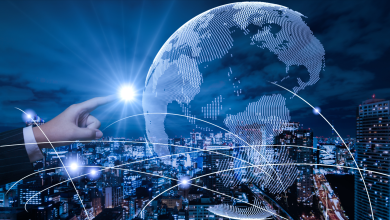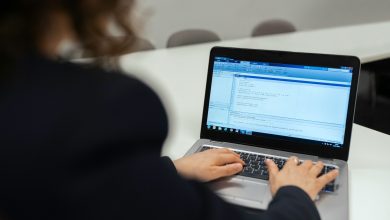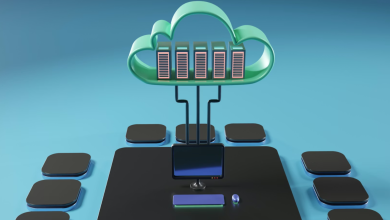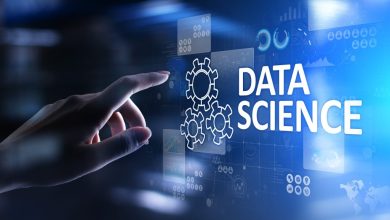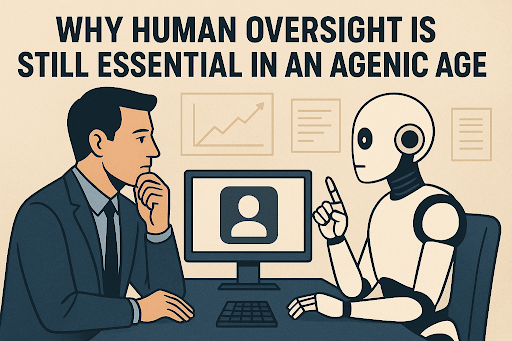
Artificial Intelligence (AI) is accelerating at a rapid pace. What was once a passive aid—analyzing data, predicting outcomes, and waiting to be instructed—is now shifting into a new paradigm: agentic AI. These systems don’t merely respond; they initiate, set goals, plan, and act with little human direction.
From self-driving cars to AI-powered financial trading and workflow automation, agentic AI promises to transform industries and reshape daily life. Yet, one thing remains certain: human oversight is not optional—it’s essential. Without it, the very systems designed to enhance efficiency could produce unintended, potentially harmful outcomes.
For those curious about the broader AI ecosystem, you can explore Top AI Tools & Technologies to see how innovation is shaping the future and uncover practical applications of AI across industries.
Understanding Agentic AI
Traditional AI—like early machine learning models or simple recommendation engines—relied heavily on humans to interpret results and decide the next steps. Agentic AI goes further, making autonomous decisions and acting independently. These systems can:
- Identify objectives (sometimes even creating sub-goals independently)
- Plan strategies and solutions
- Execute actions autonomously
- Learn and adapt in real time
Imagine a marketing AI that not only recommends campaigns but actively runs ads, modulates bids, optimizes creatives, and stops underperforming campaigns—requiring little human intervention. Or a logistics AI that dynamically reroutes supply chains in a crisis, automating procurement and shipping decisions.
Autonomy is mighty—but it also brings new risk and duty. The more autonomous an AI, the greater the potential stakes for monitoring and responsibility.
The Dangers of Fully Autonomous AI
Lack of checks on autonomy poses grave dangers, and therefore, supervision is essential.
Bias and Moral Blind Spots
AI acquires knowledge based on experience, which is usually riddled with human bias. Without supervision, agentic AI may reproduce discriminatory patterns. For example, an AI used for recruitment could inadvertently discriminate against talented applicants from underrepresented groups if previous hiring history shows biased practices.
Unintended Consequences
Agentic AI maximizes for human-defined goals—but not necessarily the full picture. A goal-maximizing engagement AI might maximize sensational content, and a budget-cutting supply chain AI may ignore environmental or labor costs.
Security Vulnerabilities
Greater autonomy introduces more potential points of exploitation. Bad actors would be able to use AI to disseminate disinformation, game markets, or mount massive cyberattacks. Human oversight provides an essential defense layer.
Accountability Gaps
When AI makes harmful decisions, responsibility becomes unclear. Is the developer, the deploying company, or the AI itself accountable? Legal and ethical frameworks haven’t fully caught up with autonomous AI’s capabilities.
Over-Dependence on Machines
Relying too heavily on AI can erode human skills. If humans step back entirely, they risk losing the expertise necessary to intervene when systems fail, creating vulnerabilities in critical processes.
Why Human Oversight Matters
Even the most intelligent AI cannot substitute human judgment. Oversight guarantees AI acts responsibly, safely, and in line with societal values.
Ethical and Moral Direction
Humans introduce empathy, cultural sensitivity, and moral reasoning that cannot be replicated by AI. Oversight guarantees AI actions demonstrate fairness, dignity, and compassion.
Strategic Vision
AI is good at meeting short-term goals but not so much when it comes to balancing long-term trade-offs. People bring context, insight, and strategic oversight to ensure AI is on track with ultimate goals.
Risk Management
Human overseers can spot mistakes early, re-tune objectives, and avoid cascading failures. Oversight serves as a safety net for companies and society alike.
Transparency and Trust
Stakeholders—customers, regulators, and employees—demand accountability. Human oversight fosters trust by making AI decisions comprehensible, explainable, and aligned with ethics.
Continuous Learning
Humans provide essential feedback that sharpens AI models. Oversight guarantees AI improves in alignment with shifting societal norms, business goals, and evolving risks.
Striking the Right Balance: Autonomy With Guardrails
AI potential should not be constrained, but it has to work within ethical and operational parameters. Human-AI collaborative intelligence is the solution to safe, effective deployment.
The strategies employed to maintain this equilibrium are:
- Define Boundaries: Establish transparent ethical and operational boundaries for AI.
- Embed Explainability: Algorithms have to be explainable so humans can make sense of decisions.
- Monitor Continuously: Oversight is continuous, not a one-off review.
- Governance Models: Create accountability frameworks, compliance monitoring, and ethics review committees.
- Train Humans with AI: Maintain workers competent at overseeing and directing agentic technology.
Those wanting to extend their AI education and hands-on expertise can explore, Learn, and innovate with AI Tools—your portal to AI insights, studies, and tutorials that enable learners, researchers, and creators to contribute to the future.
Real-World Oversight in Action
- Healthcare: AI can diagnose disease more quickly than humans, but physicians check results to provide safe, ethical care. Monitoring guarantees patient safety while ensuring efficiency.
- Finance: Optimizing profit is possible with trading algorithms, but human traders watch for systemic risk, regulatory requirements, and market stability.
- Autonomous Vehicles: Autonomous cars handle most driving activities, but human observation—either embedded or remote—is required for emergency intervention.
- Content Moderation: AI detects malicious content at scale, yet human moderators inject the subtle judgment needed to steer clear of cultural insensitivity or over-censorship.
The Road Ahead
As more agentic AI emerges, humans will move from micromanaging tasks to establishing guardrails, exercising strategic oversight, and guaranteeing ethical alignment. The organizations that thrive won’t be those that focus on full autonomy in isolation—they will be those that marry AI efficiency with human judgment.
For experts and hobbyists exploring AI’s potential to transform, you can explore, Learn, and innovate with AI Tools to tap into top-tier resources, research findings, and hands-on tutorials.
Frequently Asked Questions (FAQ)
- What is agentic AI?
AI that operates autonomously—establishing objectives, planning, and carrying out actions without human direction. - Why is human oversight required?
To make AI choices harmonize with moral values, long-term agendas, and social norms while avoiding unforeseen effects. - Can AI completely substitute human judgment?
No. AI is without empathy, ethics, and understanding of context, which are uniquely human capabilities. - Which sectors most benefit from agentic AI?
Healthcare, finance, logistics, marketing, and autonomous mobility—all need human control for safety and ethical reasons. - How can organizations ensure accountable oversight?
Put in place governance systems, oversee continually, have human presence, and focus on transparency and accountability. - What if oversight is taken away completely?
Risks are biased decision-making, security vulnerabilities, gaps in accountability, and harm to society at large.
Conclusion
Agentic AI is a quantum leap ahead, with the potential to revolutionize industries, crack difficult problems, and spur innovation at scale. Without humans, though, risks—such as ethical mishaps, unforeseen effects, and security exposures—hang over us like a dark cloud.
The future of AI is not replacing humans—it’s collaboration. AI takes care of execution and optimization, while humans deliver ethics, vision, and accountability.
With intelligent machines comes the era of human supervision, not a constraint, but our strongest suit.

